Whoo! This is BIG.
It's one thing for someone like me to make a fuss about crane hunting. But when a former president and the world's most eminent primatologist/conservationist speak out, people sit up and listen.
Tennessee is the midpoint in the migratory path of eastern whooping cranes from Wisconsin to Florida, and is one of the best places to see these towering, critically endangered white birds.
President Carter wrote a letter to the Tennessee Fish and Wildlife Commission, saying:
A full 62% of Tennesseans oppose hunting sandhill cranes. Why, then, would TFWC try to push this unpopular hunt through, the way Kentucky did? I've made the point in past blogposts that sandhill cranes are worth infinitely more alive than dead. Just ask the director of the Lillian Annette Rowe Sanctuary on Nebraska's Platte River, where sandhill crane tourism brings 15,000 visitors from all 50 states and 46 foreign countries; brings more than $10 million into the local economy of Kearney, Nebraska every year. All without firing a single shot.
A typical roost gathering, as viewed from a blind. Photo by Cynthia Routledge.
Jane Goodall wrote this in a letter to TFWC:
“For many, cranes are symbols of peace, a message they carry around the world. The idea that these birds could be hunted for sport is distressing to me, and would be to many others...It is clear that the Sandhills foraging and roosting in freedom during their stay in Tennessee, attracting visitors to view them and other local species, offer a good deal more all round than if hunters are permitted to kill them.”
It feels good to know that Jane Goodall and Jimmy Carter are behind those of us who think a sandhill crane hunt is at best ill-advised and at worst obscene. This isn't about controlling crane populations. It's more about putting something new and different on Tennessee's menu of shootable wildlife. Well, the majority of Tennesseans, and a lot of hunters, think sandhill cranes make very poor game birds. If just 39% of nests raise just one colt per year, a pressing need for population control is hardly the driving force behind this hunt.
In fact, population growth has stopped in seven out of eight Wisconsin nesting areas, and crane nesting success is extremely poor in marginal habitats. High nest predation (cranes are ground nesters, vulnerable to coyotes, raccoons and foxes ) and high juvenile mortality take care of most cranes before they ever get a chance to grow up and make the flight south with their parents.
Share this post; email, call or write TFWC; show up at the meeting in Knoxville on August 22 and 23, 2013; voice your opposition. Yes, the "official" deadline for comments has come and gone, but that doesn't stop us from making our concerns known. Here are some contacts:
Ed Carter, TWRA Director Ellington Agricultural Ctr.





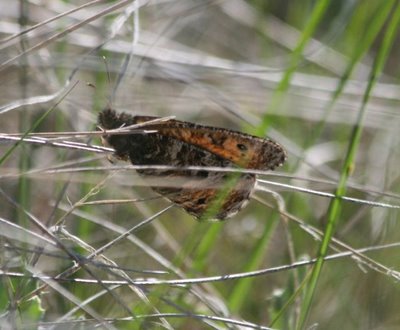
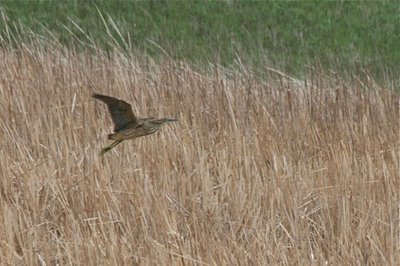
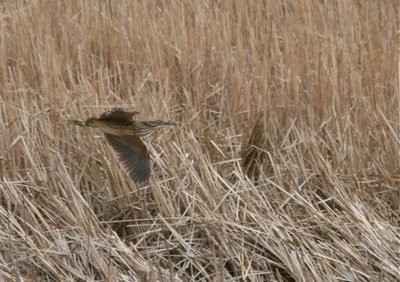
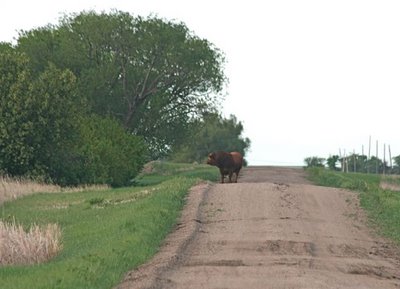
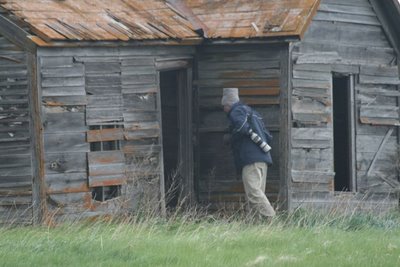
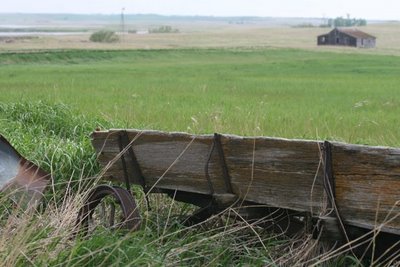
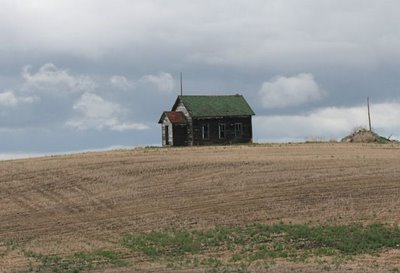
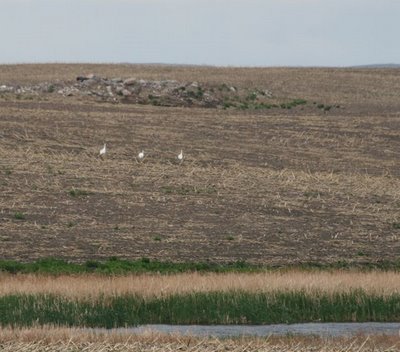






Sunday, August 18, 2013
5 comments